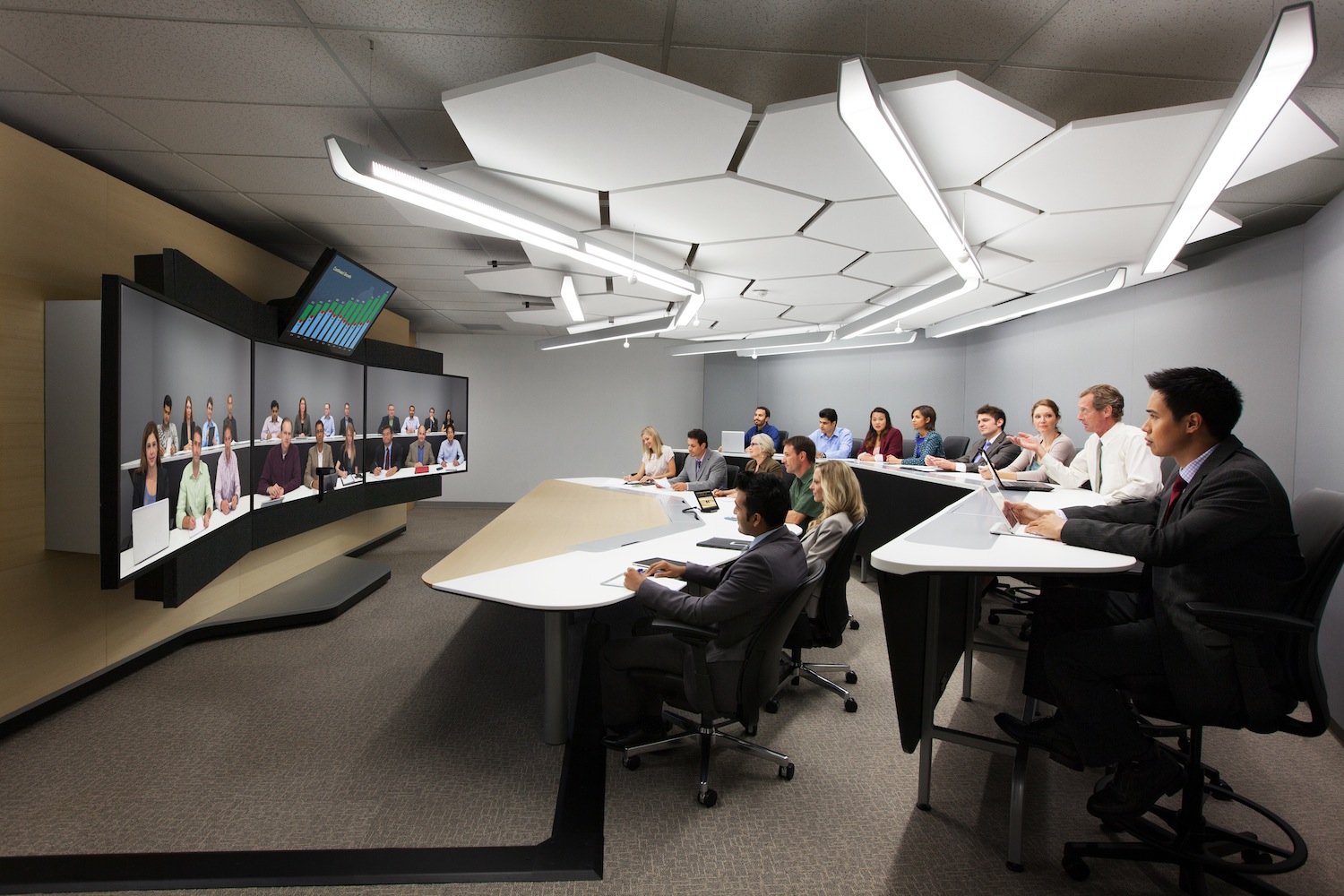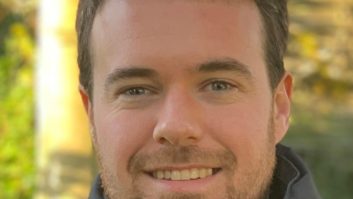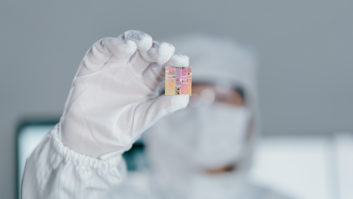
Videoconferencing and communication are on the rise, says Rob Lane.
Demand for videoconferencing (VC) installations and their broader-remit, broader-tech siblings, ‘corporate collaboration suites’, has spiked considerably in the last couple of years as more companies demand sophisticated tech for their corporate HQs and satellite offices. It’s easy to see why. A recent global study, commissioned by videoconferencing experts Polycom and conducted by Quocirca, found that more than 90% of those who regularly use video to collaborate are experiencing higher productivity, better teamwork, financial savings and reduced travel expenses. Over 80% directly link their fiscal savings to making faster business decisions and improving employee work/life balance.
Another recent survey from Redshift Research, again commissioned by Polycom, found that 56% of business leaders and managers expect video to be their preferred collaboration tool by 2016.
According to Tim Stone, Polycom VP marketing, EMEA, organisations are beginning to see beyond the traditional perceived benefits of collaboration solutions such as reduced travel costs, “which means the decision to implement video solutions is not just sitting with facilities or IT”.
Video meeting rooms (or VMRs) are becoming increasingly popular with companies, especially in ‘huddle rooms’ intended for smaller groups – four or fewer. Another major growth area is software-based video solutions, or video-as-a-service (VaaS), allowing users to collaborate via laptops, tablets and smartphones while on the move.
In addition, the popularity of flexible working continues to grow, in the UK especially, since the launch of the flexible working regulation in 2014. “What this means for corporates is that video becomes the lowest common denominator for any meeting whereas a few years ago it would have been an audio call,” explains Stone.
Of course, reduced costs are key too. Marc Coleman, sales director for Feltech, reckons that cost reduction has a big part to play in the broadening appeal of videoconferencing. “Conferencing is becoming a nearly-free part of other platforms, which of course lowers cost per head. Given that conferencing tech adoption in the personal lives of employees is significantly further advanced, cost per head becomes the key factor for advancement in the corporate arena.”
He adds that a number of ‘impactors’ are affecting the VC market, with unified communication platforms and cloud-based services set to make a significant difference, alongside Skype for Business. “In addition, LED screens used internally in boardrooms and auditoriums are proving disruptive against traditional technologies. This is likely to increase significantly in the next two years,” he explains.
Another big influencer on the growth of VC is the holistic approach many companies are taking to the installation process, which in turn has helped expand videoconferencing into the more expansive corporate collaboration model.
AVMI (formally AVM Impact) devises solutions that help its clients to realise pre-designed and validated approaches. Its True Collaboration suite of solutions is the result of a programme of close working with experts in HR, ‘agile working’, office design and IT, together with major AV, VC and office furniture suppliers.
Similarly, Oblong’s Mezzanine corporate collaboration solution provides an effective way to simultaneously engage multiple users – including those working remotely – with their own devices in a shared visual space.
This is good news for integrators and manufacturers, and it’s perhaps no surprise that a growing number of traditionally experiential installers are looking to employ a business model that is more focused on conferencing and corporate collaboration. Perhaps the best example is Engage Works, formerly Engage Production, which is looking to build on its successes integrating huge videowall installations with conferencing and data technology.
As Engage Works founder and CEO Steve Blyth explains: “Conferencing and collaboration represent a burgeoning market for integrators and we continue to see increased demand from huge, global corporations for complex, intelligent communication solutions. I don’t anticipate any slowdown in this sector, rather exponential growth over the next few years and beyond.”
Installers take note.







